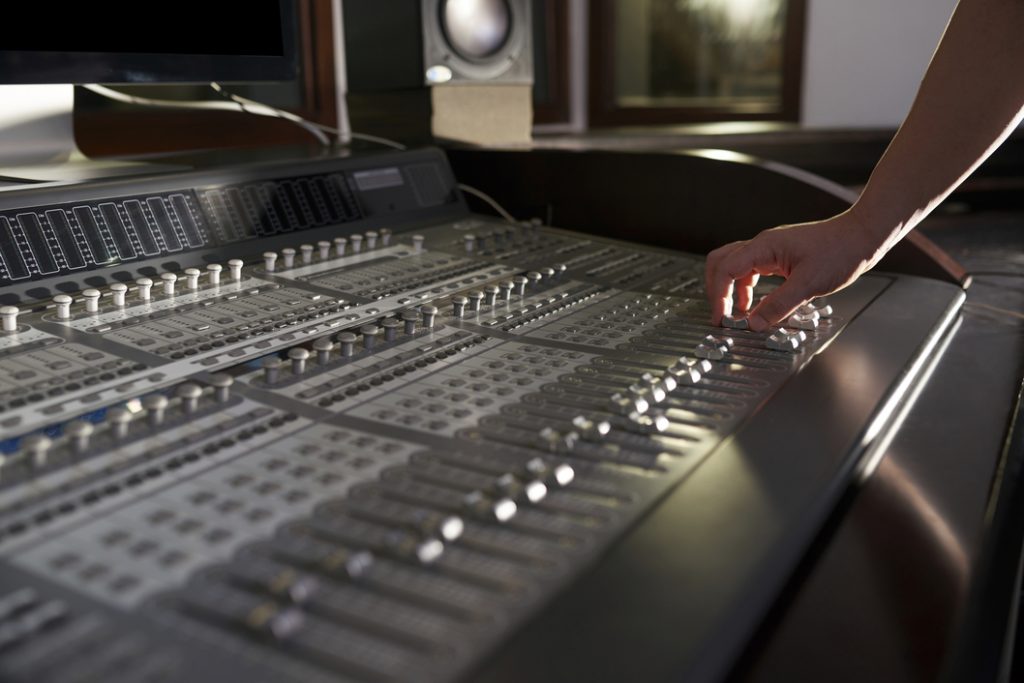When you’re watching a film, have you ever heard something that makes you think: “Wait a second, I’ve heard that before”? Well, there’s a good chance you’ve just recognised a famous sound effect that has been used time and time again.
Here’s a look at some of the most famous and most-used sound effects in film, as well as how some of the most iconic sound effects were created.

Frequently Used Sound Effects
Wilhelm Scream
First up is a sound effect that you will probably recognise more than any other: the Wilhelm Scream. If you aren’t familiar with the name, play the video below and, if you’ve ever seen just a handful of films in your life, you will recognise this iconic scream.
This stock sound effect has been used in over 400 films and TV series, and is typically used when someone is shot, falls from height or is thrown from an explosion. It was first used in 1951 in the film Distant Drums and was performed by actor and singer Sheb Wooley. It is named after Private Wilhelm from The Charge at Feather River, a 1953 Western in which Wilhelm is shot in the thigh with an arrow. It was the first use of the sound effect by Warner Bros. and is believed to be the third film to use it.
It gained popularity after being used in the Star Wars series, and it was later used in the Indiana Jones films as well as many TV shows, cartoons and video games. The sound effect is ineligible for copyright and is therefore in the public domain, as it contains no original authorship.
Castle Thunder
The Castle Thunder sound effect is a loud thunderclap during a rainstorm. It was originally used in the 1931 Frankenstein and soon became a staple sound for haunted houses, spooky settings and impending bad weather.
Originally recorded on optical film stock, modern versions of this sound effect no longer have the crackles and pops that were apparent on the original. It was famously utilised in Back to the Future when the DeLorean was struck by lightning. Other films that use the effect include Ghostbusters, Twilight Zone: The Movie, The Land Before Time and Young Frankenstein.
It was also a favourite of the Scooby-Doo series and can even be heard at the Haunted Mansion attraction at both Disneyland and Disneyworld.
Diddy Laugh
The Diddy Laugh is a short burst of two children laughing that sounds entirely natural and almost musical; it is found in many films, video games and TV shows and is instantly recognisable. It is named for the video game character Diddy Kong, as the laugh was used in the 1997 game Diddy Kong Racing and can be heard in the game’s introduction.
The game’s composer, Graeme Norgate, claims to have found the sound effect in a collection by a company called the Hollywood Edge, and was named “Two Young Kids Giggle”. The sound was chosen for the game to ensure it was perceived as a family game.
Its prevalence has been credited to the idea that editors are often pushed for time, and that it is difficult to get children to record natural-sounding laughs on cue. Because the Diddy Laugh sounds genuine, it is used time and time again. No one knows the origin of the sound, or the identity of the children recorded, as Hollywood edge did not keep lists of where the sounds came from.
It can be heard in films such as Hot Fuzz, Mulan, Tomb Raider, Taken and Wrath of the Titans.
Famous Sound Effects from Films
Sliding Doors in Star Trek
The doors in Star Trek sliding open is a sleek, futuristic sound that just oozes the aura of a spacecraft. Yet, incredibly, the sound was created by someone pulling a piece of paper out of an envelope and somebody’s shoes squeaking on the floor. Remember that the next time you’re trying to immerse yourself in the futuristic setting.
Lightsabers in Star Wars
The lightsabers in the Star Wars franchise are one of the most iconic film props of all time, with an instantly recognisable sound effect to match. The sound designer Ben Burtt made the sound by recording the wavering pitch of two Simplex projector motors harmonising with each other and then pairing that with the transmission whir of a TV set.
The illusion of the saber movement was created by playing back the composite hum on loudspeakers and passing an active microphone in front of them to create the Doppler effect.
Dinosaurs in Jurassic Park
How do you create the sound of an extinct creature that no one has ever heard before? Well, Jurassic Park sound director Gary Rydstrom drew inspiration from living creatures. He manipulated hoots from geese for the brachiosaurus, used a herd of cows and horses for the stampede of gallimimus and stitched together a dolphin shriek and walrus snarl for the velociraptor bark. As for the T-rex, that was Rydstrom’s Jack Russell terrier, Buster.
